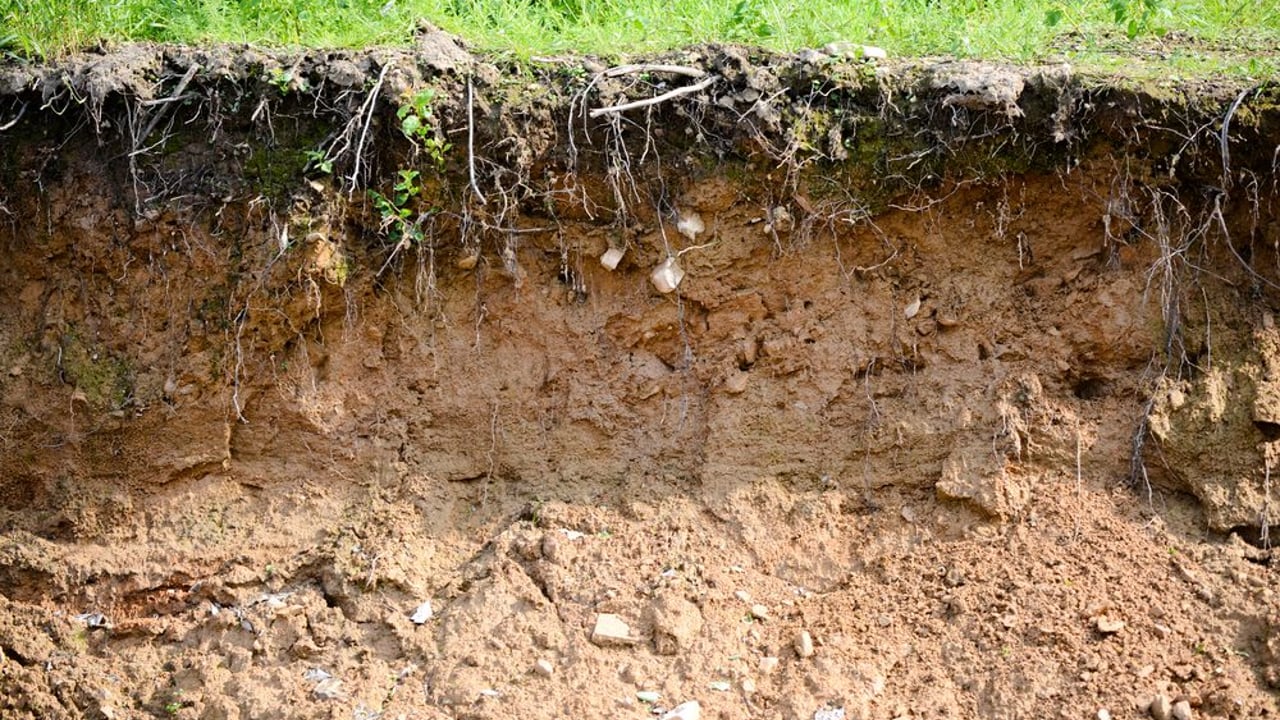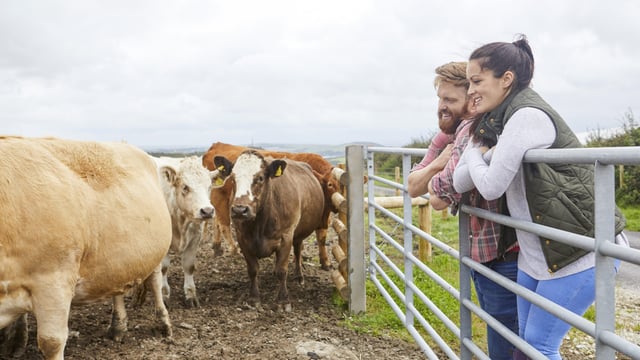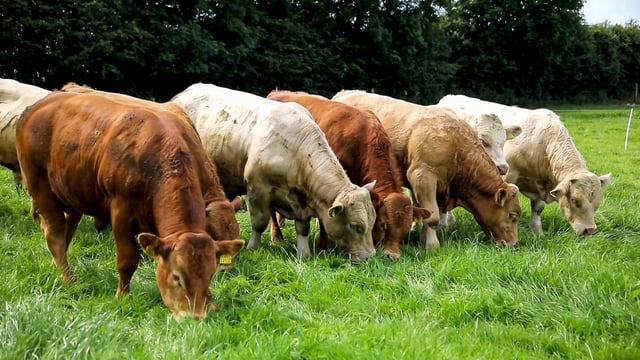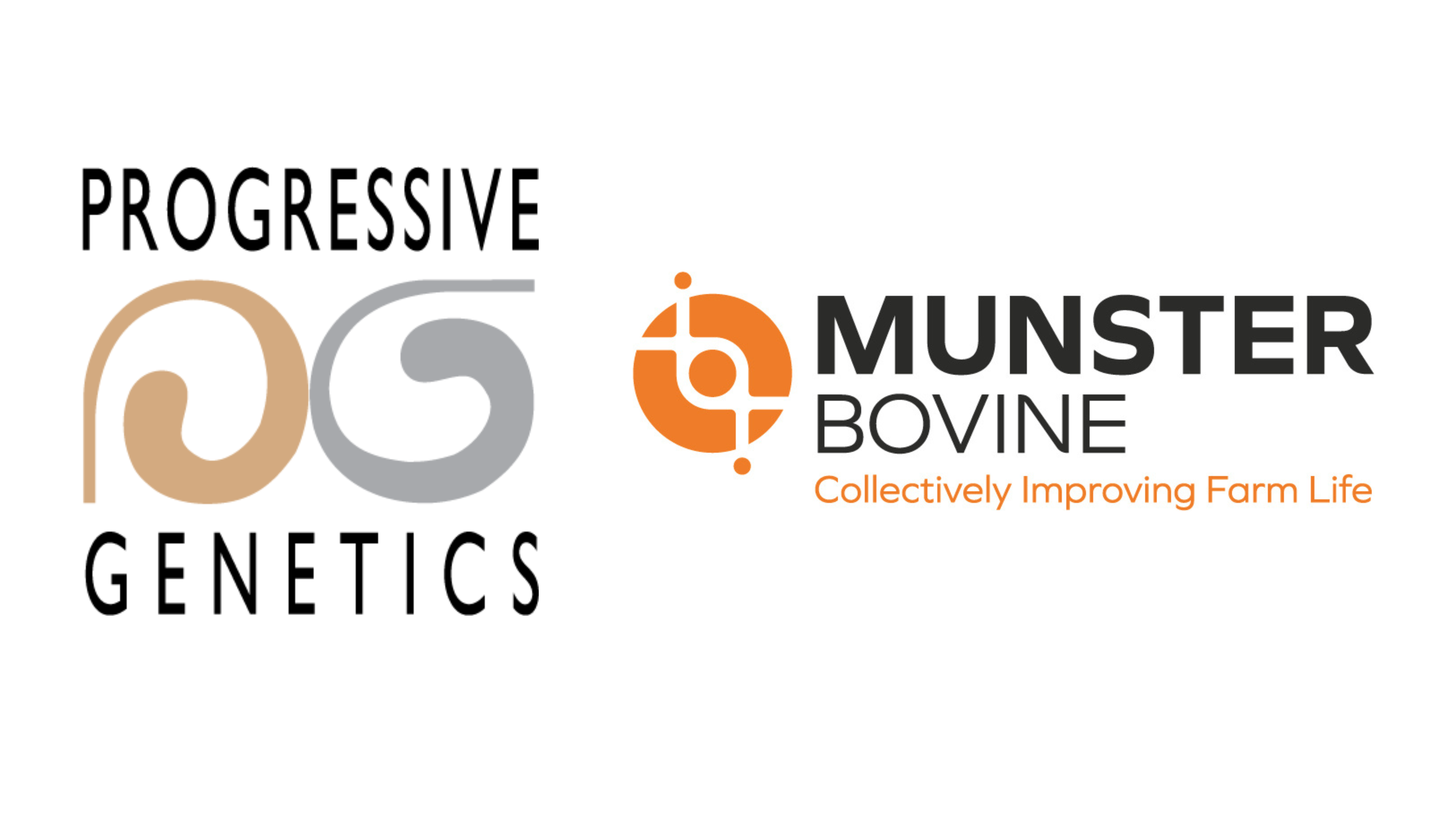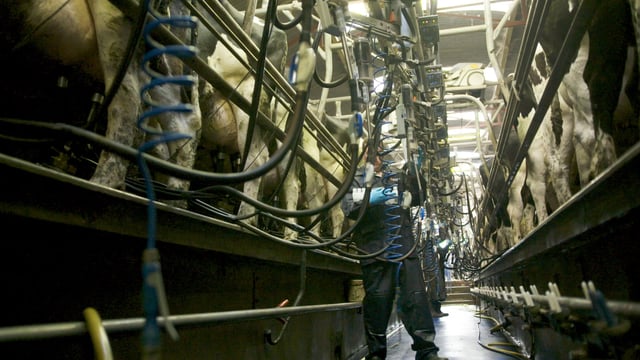EU Parliament and ministers agree new soil monitoring law
The Council of the EU (council of ministers) and the European Parliament have reached an agreement on a new soil monitoring law.
The law will lead to the establishment of a framework for monitoring to "improve resilience" and manage the risks of contaminated areas.
According to EU figures, 60% of soils in the EU are "not in a good condition".
The agreed text of the law outlines a non-binding goal to achieve healthy soils by 2050.
Member states, with the support of the European Commission, will be expected to monitor and assess the health of all soils on their territory, so that authorities across the EU can provide appropriate support to prevent degradation.
According to the council, both it and the parliament agreed on the need to achieve a "solid and coherent monitoring framework".
They also agreed to the requirement for member states to determine sampling points for monitoring, on the basis of an EU common methodology.
The monitoring of pesticide use is also part of the agreed legal text.
The provisional deal maintains the concept of common soil descriptors (physical, chemical and biological parameters), as reflected in the initial legislative proposal from the commission.
According to the EU Soil Health Strategy that was developed by the European Commission in 2021, the lack of dedicated EU legislation was singled out as a major cause for the "alarming state" of EU soils.
The commission proposed the Soil Monitoring Directive in July 2023 to "ensure the same level of protection for soils that exists for water, the marine environment and air in the EU".
The council said the overarching objective of the law is to have all soils in a healthy condition by 2050.
The provisional agreement on the legal text will now have to be ratified separately by the council and a full sitting on the European Parliament.

